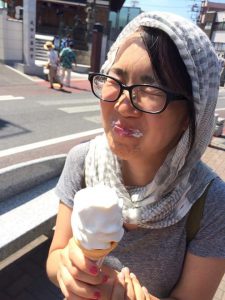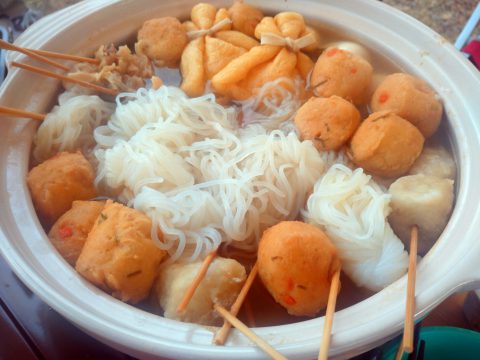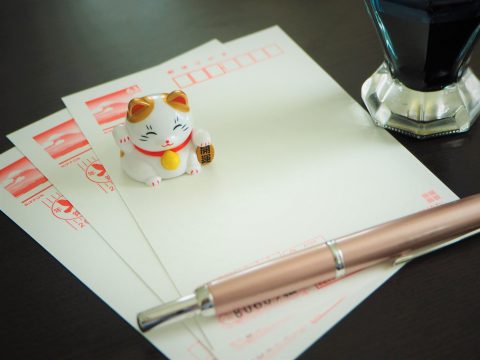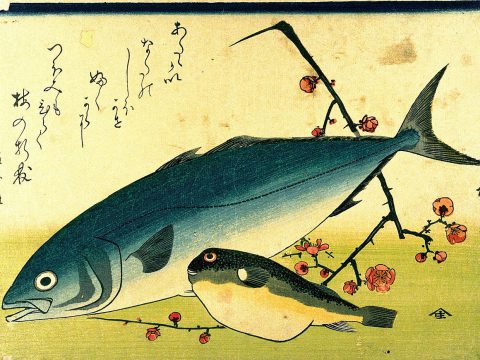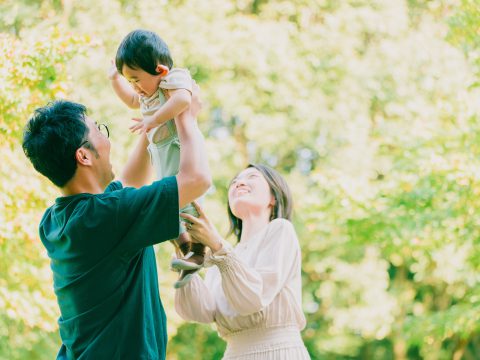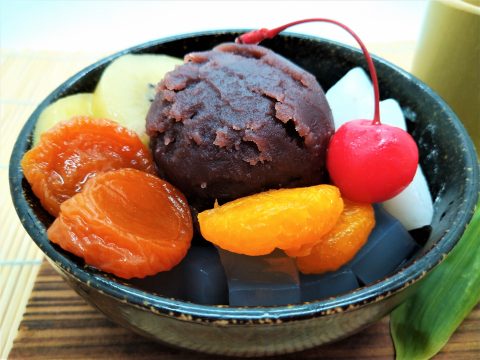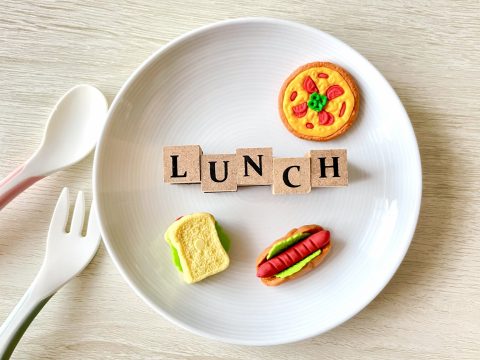Foods associated with Children’s Day
JAPANESE FOODS
23.04.2021
Foods associated with Children’s Day
May 5th is Children’s Day (こどもの日) or Tango no Sekku (端午の節句), a national holiday. It was originally celebrated on the 5th day of the 5th moon in the lunar calendar for samurai families to pray for the health of their sons. In 1948, the name was changed to Children’s Day and the holiday celebrates the health and prosperity of both girls and boys, as well as the parents.
There is a Girl’s Day/Doll Festival on March 3rd, called Hinamatsuri (ひな祭り) or Momo no Sekku (桃の節句), although it is not considered a national holiday.
The Japanese celebrate this holiday by raising Koinobori (鯉のぼり), carp shaped streamers outside their homes, displaying samurai armory in their homes and eating special foods.
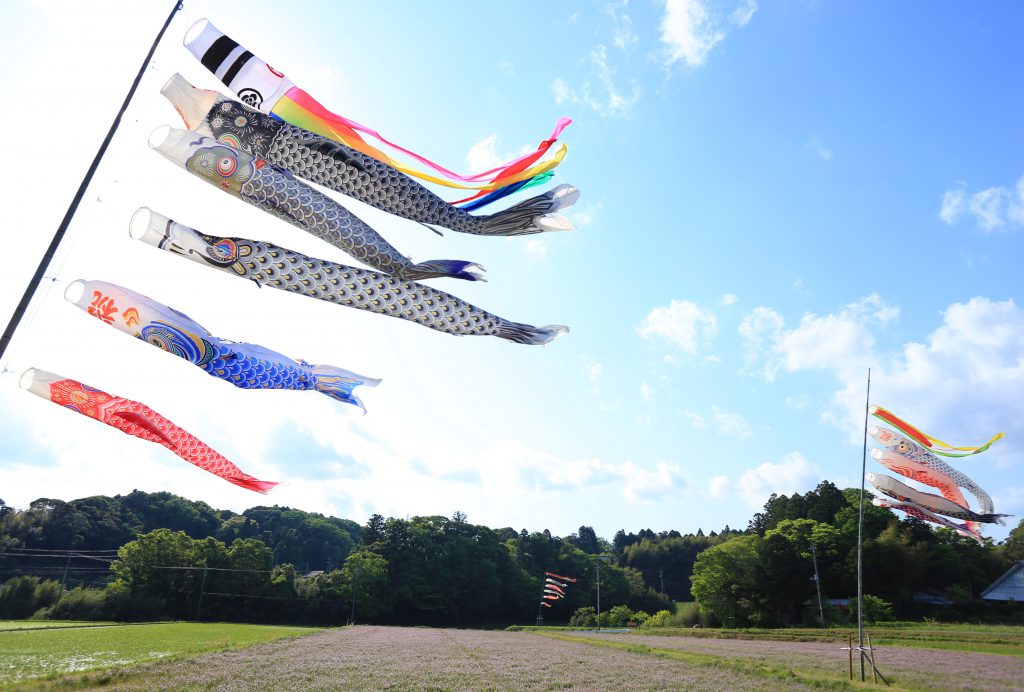
What desserts are eaten on Children’s Day?
On Children’s Day, the Japanese in the Kanto (greater Tokyo area) eat Kashiwa Mochi (柏餅) while those in the Kansai (greater Osaka area) eat Chimaki (粽). Both are mochi desserts wrapped in leaves, but differ in taste, shape, ingredients, and origin.
Kashiwa Mochi (柏餅) are mochi with a red bean paste filling. There are regional variations to this where the mochi are wrapped with other sweet fillings such as sweet miso paste. These round dumplings are wrapped in oak leaves (‘kashiwa’ in Japanese, hence the name). Why oak leaves? This is because oak trees do not shed their leaves until new ones have grown. The leaves symbolize the prosperity of one’s descendants.
The leaves are not edible and must be removed before eating, although it imparts some aroma on the mochi.
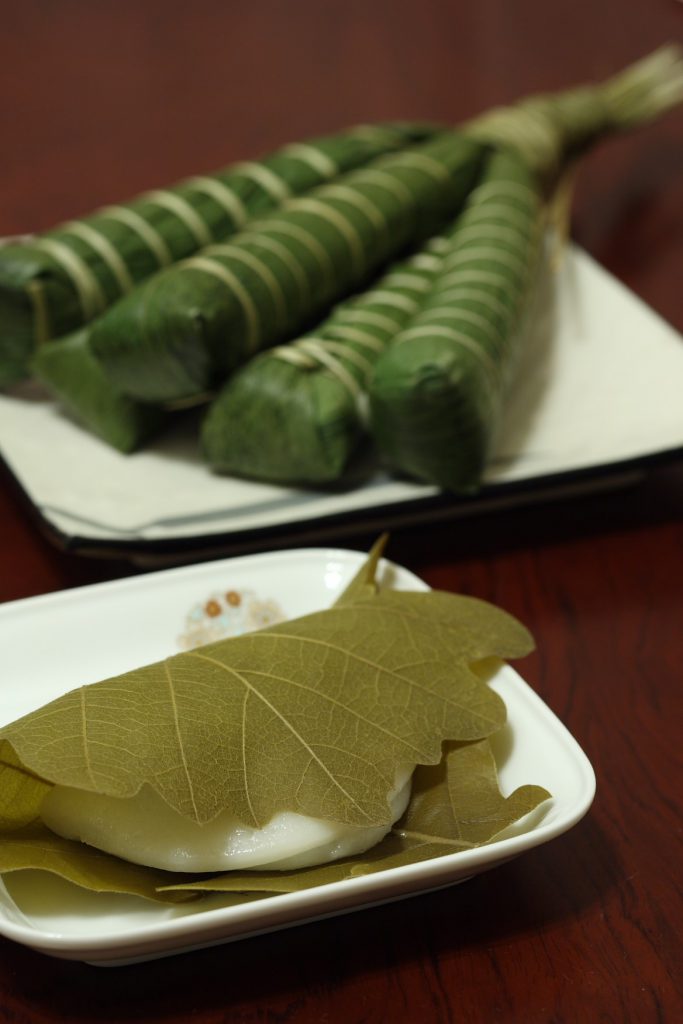
Chimaki (粽) are mochi shaped into long triangles and wrapped in bamboo leaves. This originates from the Chinese Zongzi (粽子), although the Chinese version is savory and not sweet. The scent from the bamboo leaves were said to ward off evil spirits.
Kusamochi (草餅) are mugwort (蓬, a type of herb with a pleasant grassy aroma and flavor) mochi and either has a red bean paste filling or topping. Mugwort are said to ward off evil spirits and misfortune and branches were hung to purify oneself.
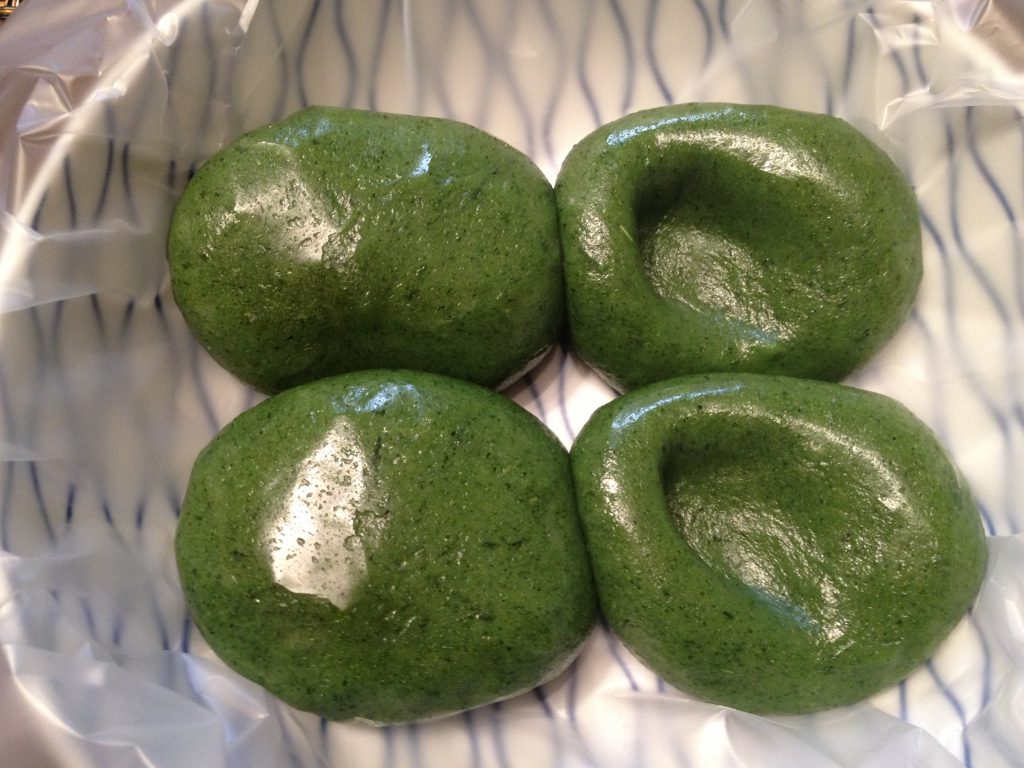
What other foods are eaten on Children’s Day?
Many families celebrate Children’s Day by serving their children’s favorite foods and other celebratory foods. You may see cakes and other desserts shaped like the carp in koinobori or samurai armor.
Rice dishes such as Chirashi sushi (散らし寿司) and Sekihan (赤飯) are served. Chirashi sushi is deconstructed sushi, where various cooked and raw ingredients are topped over sushi rice. The toppings may include raw fish and seafood, shredded egg crepe, blanched vegetables such as lotus root, carrots, bamboo shoots, and snap peas. It’s a colorful and hearty dish.
Sekihan is steamed glutinous rice with azuki beans. The red beans tint the rice a light reddish color. Red is an auspicious color in Japan (as well as many other Asian countries).
Yellowtail and bonito are also eaten, whether served cooked or raw. The Japanese names for yellowtail (鰤, buri) and bonito (鰹, katsuo) have auspicious meanings.
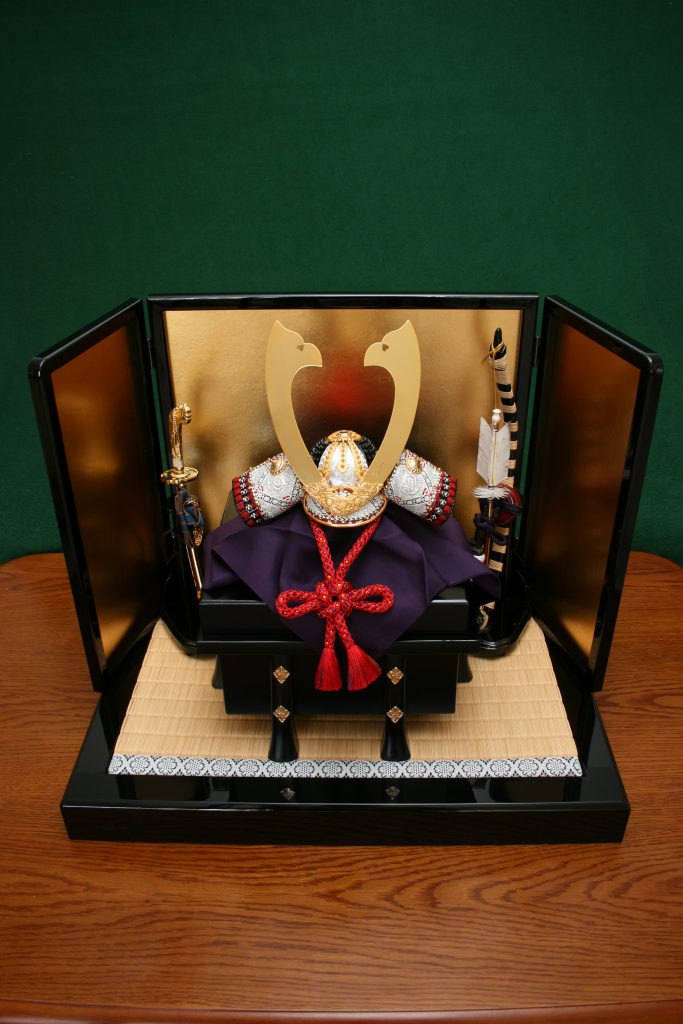
Whether you have children at home or are a child at heart, I hope you celebrate Children’s Day in Japan with delicious foods!

